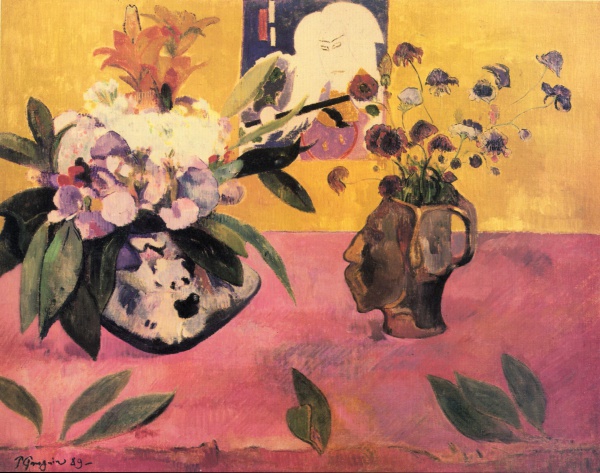Facts About Still Life with Head-Shaped Vase and Japanese Woodcut
"Still Life with Head-Shaped Vase and Japanese Woodcut" painted in 1889 by the French artist Paul Gauguin, is a captivating still life currently exhibited at the Museum of Contemporary Art in Tehran, Iran. Gauguin's admiration for Japanese ukiyo-e woodcuts is evident in this piece, as well as in several other works he produced during that period.
The painting has an intriguing history. It was once owned by Josef Rosensaft, a Holocaust survivor renowned for his impressive art collection. Following Rosensaft's death, his collection was auctioned off by Sotheby's in 1976 to settle debts. During this auction, the Tehran Museum of Contemporary Art acquired the entire collection, including this painting. At the time, "Still Life with Head-Shaped Vase and Japanese Woodcut" fetched a record-breaking $1.4 million. Today, its value has soared to an estimated $45 million.
Despite efforts by prestigious institutions such as the National Gallery of Art in Washington, D.C., and the Tate Modern in London to borrow the painting during Mahmoud Shalui's directorship, those attempts were unsuccessful. The painting holds a special place in the Tehran Museum of Contemporary Art, not only for its artistic value but also because it is one of the oldest pieces in their collection.

 Turkmenistan
Turkmenistan